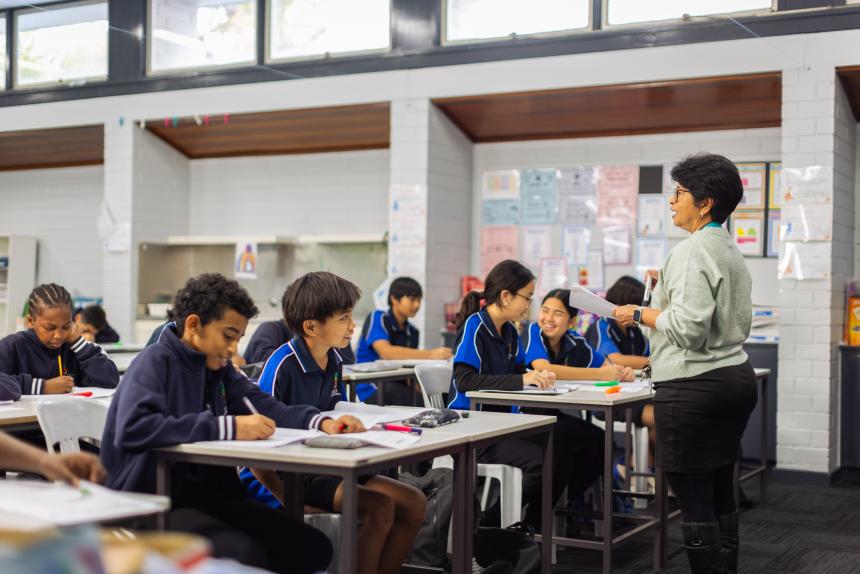
About this project
Teaching practices aligned with how students learn improve education outcomes for all students. However, there is an abundance of resources out there, which can make it difficult to know what the best teaching practices are to support students’ learning.
Our work on how students learn best (also known as the science of learning) connects cognitive science, neuroscience and education psychology research on the learning process with practical teaching implications.
AERO’s focus is on identifying effective teaching methods, backed by evidence of their impact on student outcomes, and promoting them through relevant and accessible resource materials.
The project and its outputs are centred around 4 key areas of insight around student learning:
- learning is a change in long-term memory
- In learning, there are 2 memory types: working memory (used actively for learning) and long-term memory (stores knowledge). Students move information from working memory and connect their knowledge in long-term memory to build complex mental models.
- students process limited amounts of new information
- Effective retention of learning involves managing the load on working memory, which has limited capacity. It necessitates the division of new information into smaller, manageable segments, along with the provision of guidance, feedback, and opportunities for practice. Additionally, it acknowledges that some students may require supplementary support due to variations in their background knowledge, skills and information-processing abilities.
- students develop and demonstrate mastery
- Achieving mastery in learning requires guidance and practice to help students build stronger connections to knowledge in long-term memory. It also requires meaningful tasks so students can identify new relationships and draw on their developing mental models with increasing independence to generate new ideas and solve complex problems. Having a solid base of meaningfully connected knowledge greatly enhances critical and creative thinking and problem-solving abilities.
- students are actively engaged when learning
- Transferring information from working memory to long-term memory requires students to direct and focus their attention on the content and experience of their learning. A safe and supportive learning environment with teachers that are responsive to students’ needs can foster effective and active student participation.
Stay connected with our work as we explore the evidence around optimal learning strategies and empower teachers to create lasting impact in the lives of their students.
Keywords: cognitive science, science of learning, teaching practices